The Mysterious Rise of “nano-banana“
A strange name, a serious model, and why it might change how we edit images with AI
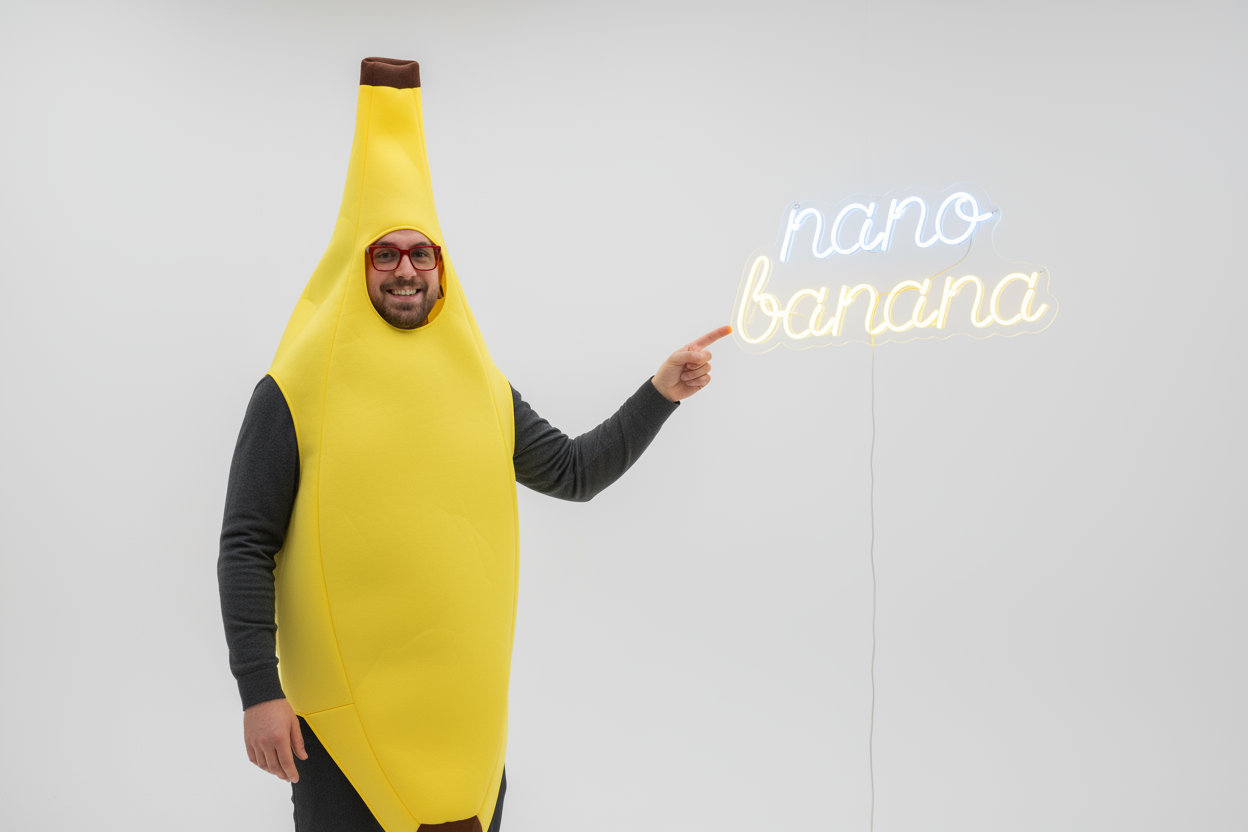
A new name has quietly slipped into the AI image generation arena… and it’s not what you’d expect.
“nano-banana” might sound like a kids’ science project or a fruit-based startup, but it’s actually one of the most talked-about new image models doing the rounds in community A/B tests. I’ve been experimenting with it myself via LM Arena — a brilliant platform for comparing outputs from different models side by side without knowing which model is which until you vote. That’s where nano-banana kept cropping up — fast, accurate, and almost too good at making surgical edits to images with no visible seams.
Let’s unpack what this model might be, why it’s turning heads, and what it could mean for creative workflows in the months ahead.
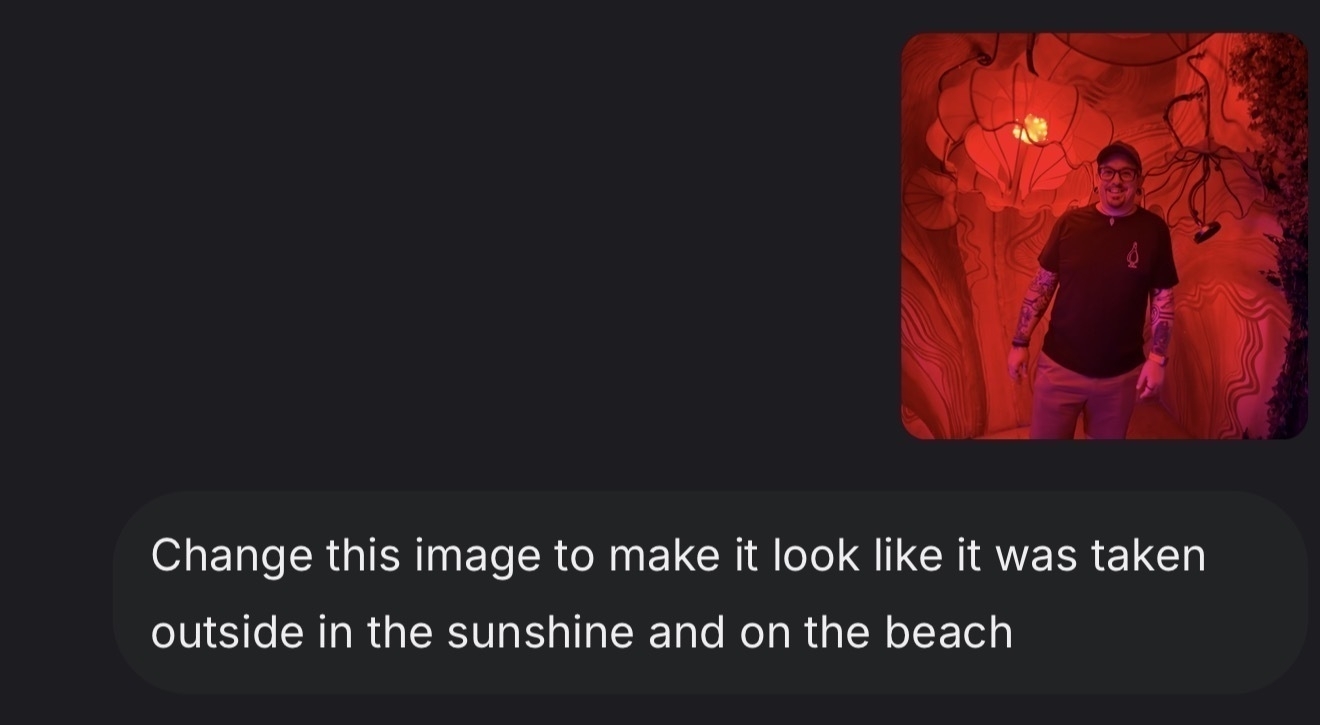
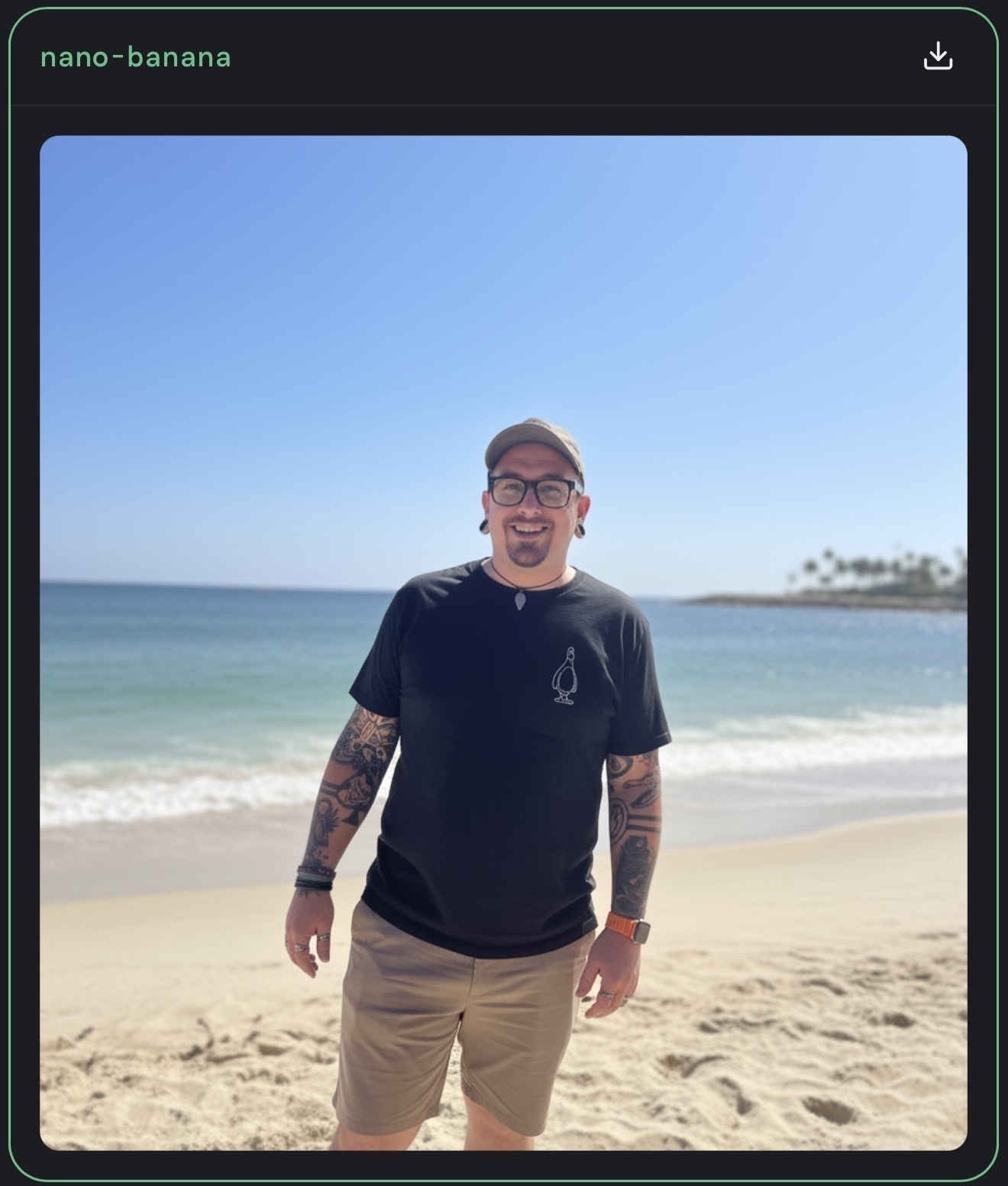
not perfect facially, but the scenery change is impressive, tattoos, T-shirt, accessories are impressive
What Makes nano-banana So Impressive?
Here’s what’s stood out from both my own use and what’s being shared across the AI dev and creative communities:
- Pinpoint edits: nano-banana excels at region-aware editing — think changing one object or character in a photo while preserving shadows, background, and colour tone perfectly. No masks, no clunky selections, just a well-worded prompt.
- Uncanny consistency: It keeps lighting, style, and subject coherence surprisingly well, even across multiple iterations or prompt nudges.
- Blazing speed: Compared to the usual suspects (Midjourney, DALL·E, SD variants), this model feels instant.
- Strong prompt-following: It nails specific instructions without hallucinating or overshooting, even when prompts get a bit fiddly or ambiguous.
- Unknown origin: And here’s the kicker — no one has officially claimed it. There’s strong speculation it’s a stealth Google project (banana emojis from Googlers aren’t subtle), but nothing confirmed… yet.
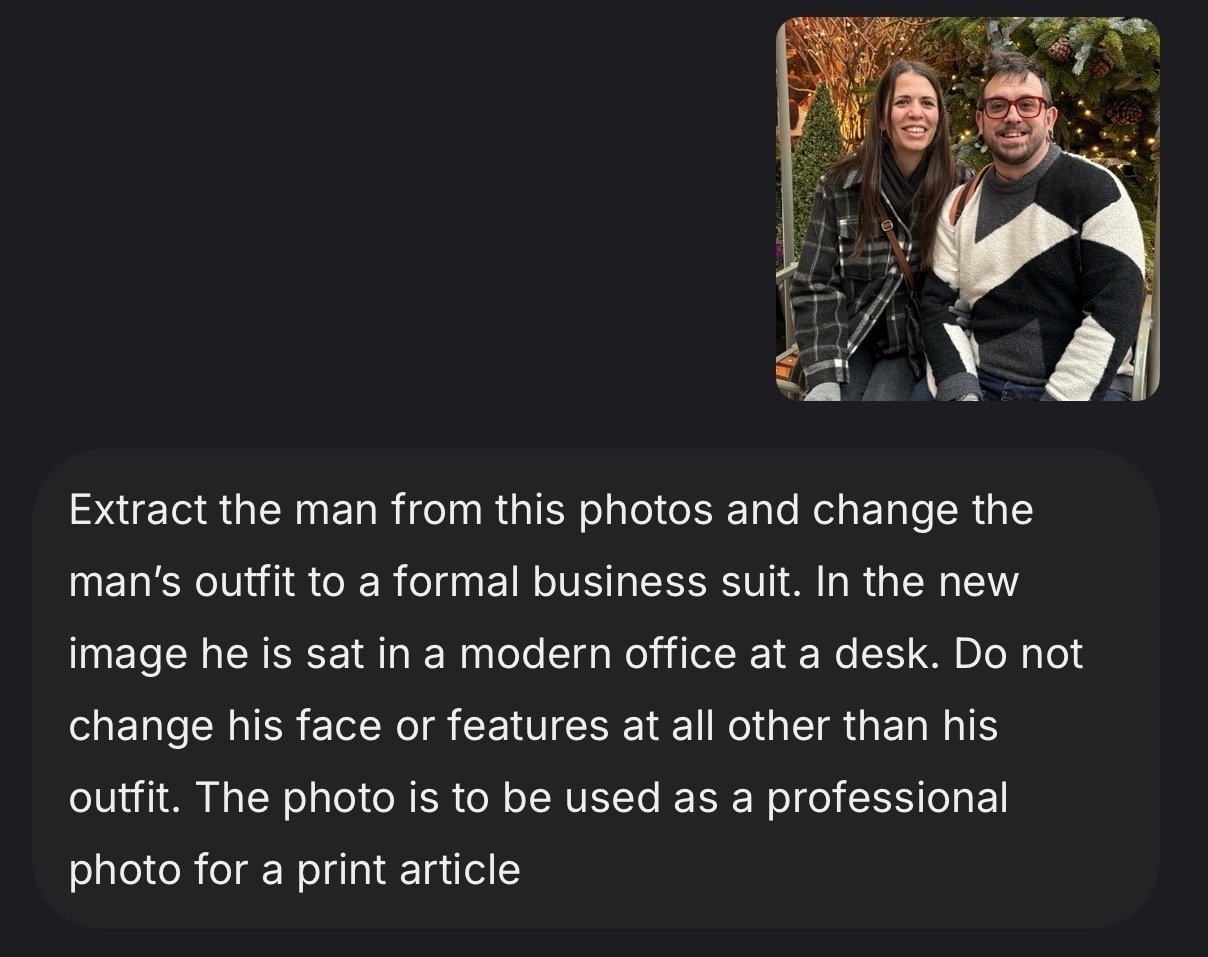

This thing is winning blind tests repeatedly — not just from me, but from creatives across Reddit, YouTube, and Discord communities who’ve tried it and clocked its sharp output.
How Does It Compare to Existing Image Models?
We’ve seen plenty of strong contenders in this space:
- Midjourney: Still incredible for aesthetic generation but not designed for targeted edits or iterative workflows.
- DALL·E 3: Smart and flexible, especially with ChatGPT integration, but doesn’t always maintain visual integrity when making complex changes.
- Runway, Firefly, Playground AI: Great for general generation or AI video workflows, but not as refined in surgical editing tasks.
nano-banana, though, feels like the next step in combining speed, specificity, and scene-level coherence. The closest comparison might be something like Photoshop’s new Generative Fill, but nano-banana doesn’t need user intervention. It’s fully prompt-driven — no lasso tools or layer management — and it just gets it right more often than not.

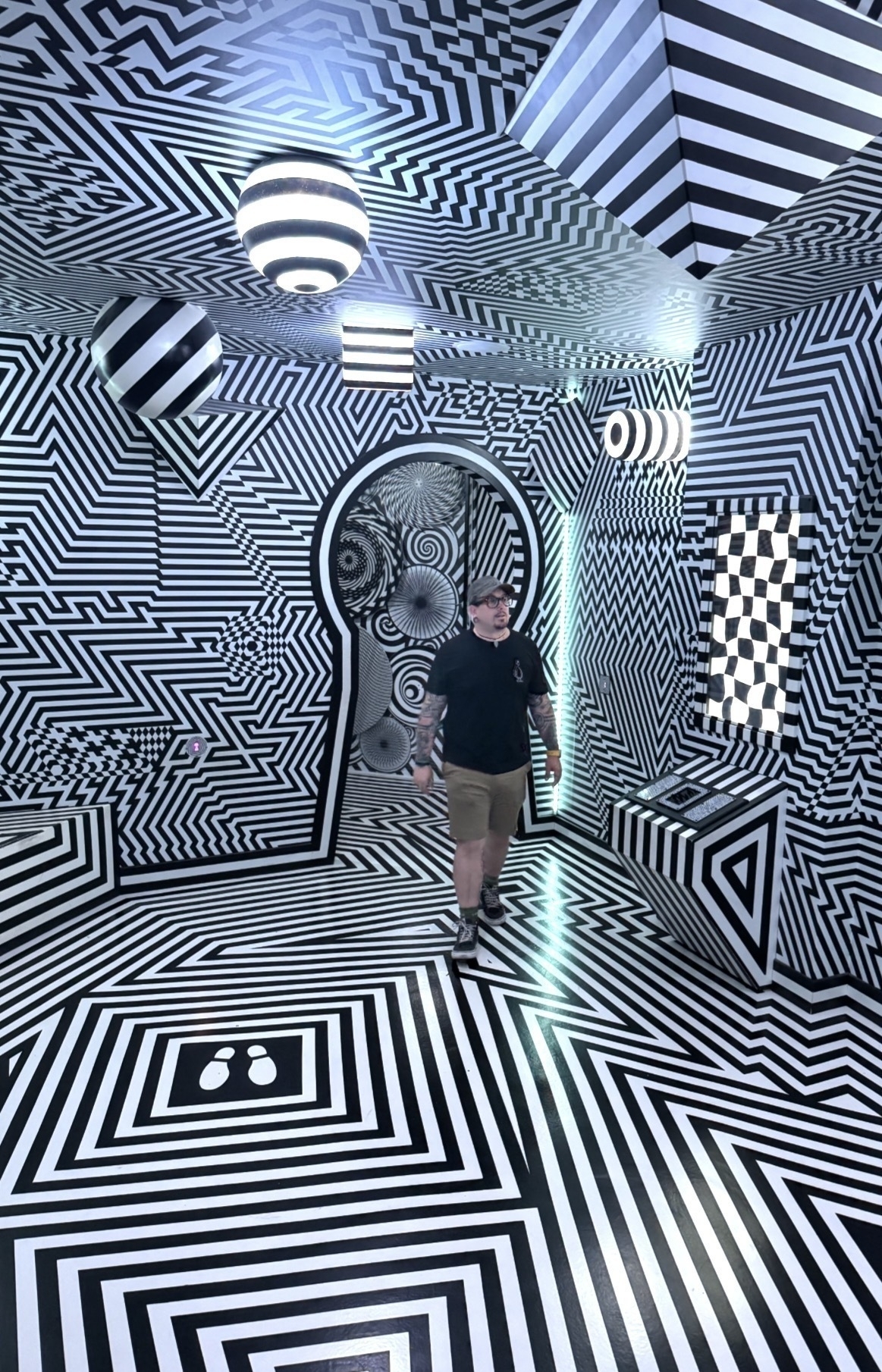
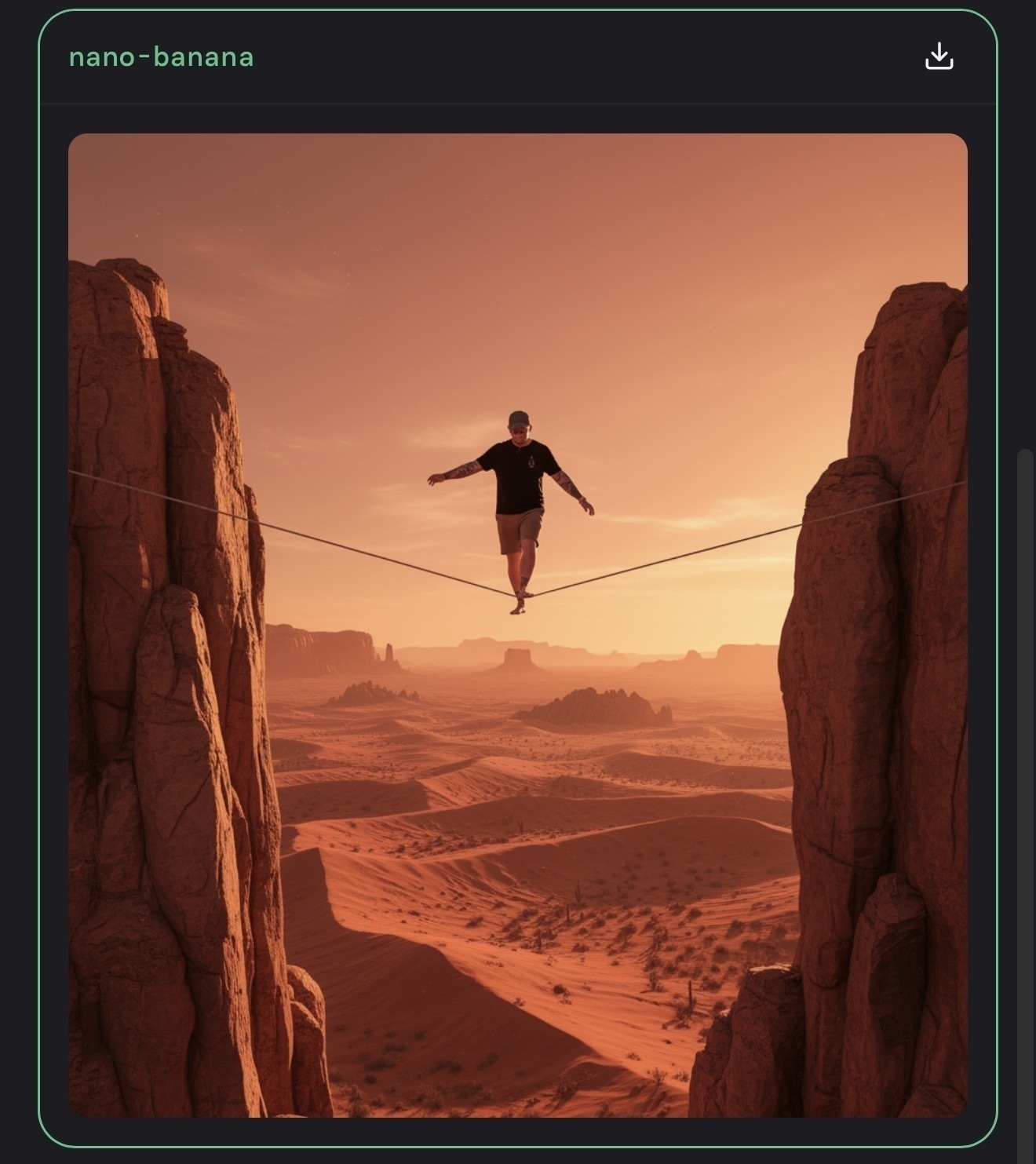
Why It Matters (And What to Watch For)
If nano-banana is from Google (which seems very likely), it could hint at some major things:
- Gemini-powered visual tools might be on the way — a model like this could slot into Android, Bard, or Workspace with ease.
- Photoshop’s days as the only serious editing tool could be numbered. Prompt-driven image manipulation is getting that good.
- AI-native design tools (think Canva x Claude x nano-banana hybrids) could change how non-designers create professional-level graphics and edits.
And for anyone in marketing, content, or visual design — this is a signal that automated, high-fidelity editing is going mainstream fast. You won’t need Photoshop skills to make pixel-perfect changes. You’ll just need good prompt intuition.
Try It Yourself
Want to give it a go?
Head to LM Arena and run a few image tasks. You’ll get outputs from two unknown models — nano-banana might appear, or it might not. That’s part of the fun. You won’t know until after you vote.
Some of the best test prompts I’ve seen involve:
- Replacing characters in existing photos
- Changing clothing style or colour
- Re-lighting scenes (“make this dusk” or “add soft backlight”)
- Style blending (“make this look like a Pixar scene”)
It’s subtle, fast, and if you’re lucky, you’ll get a glimpse of what feels like the next generation of visual AI.
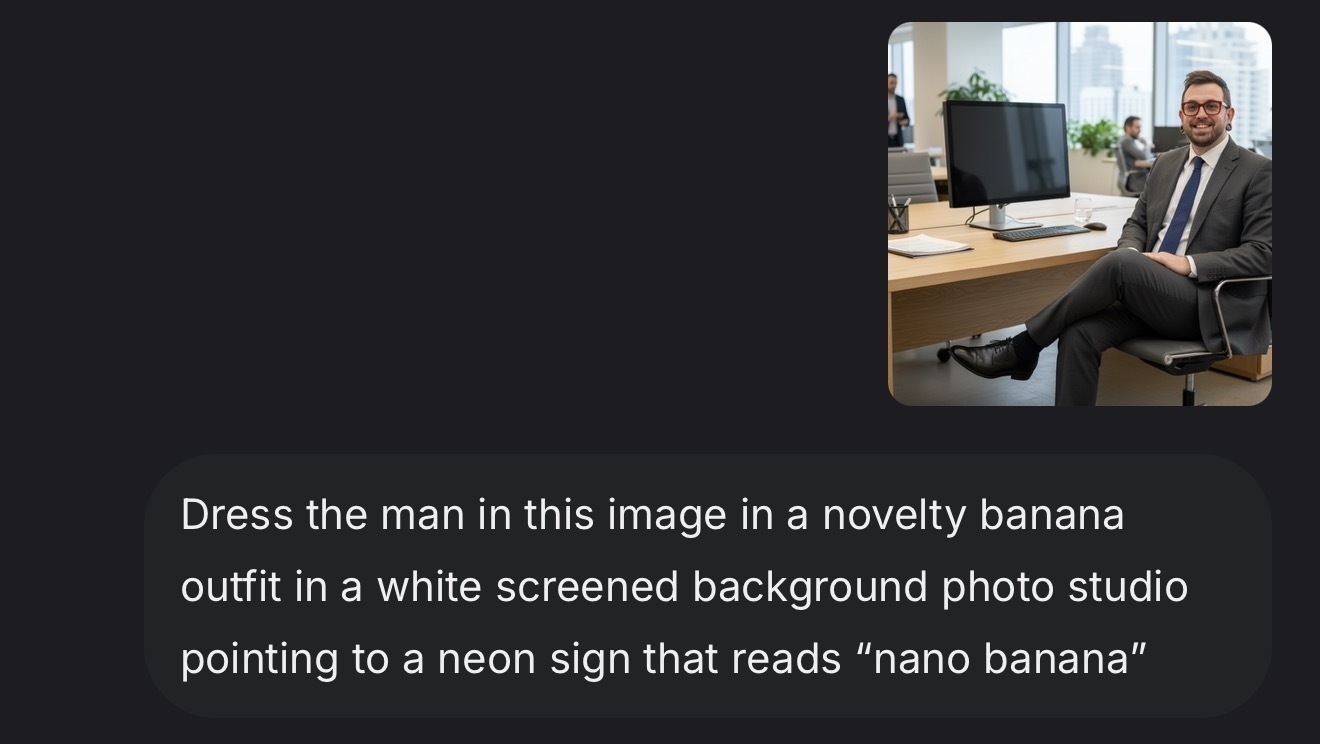
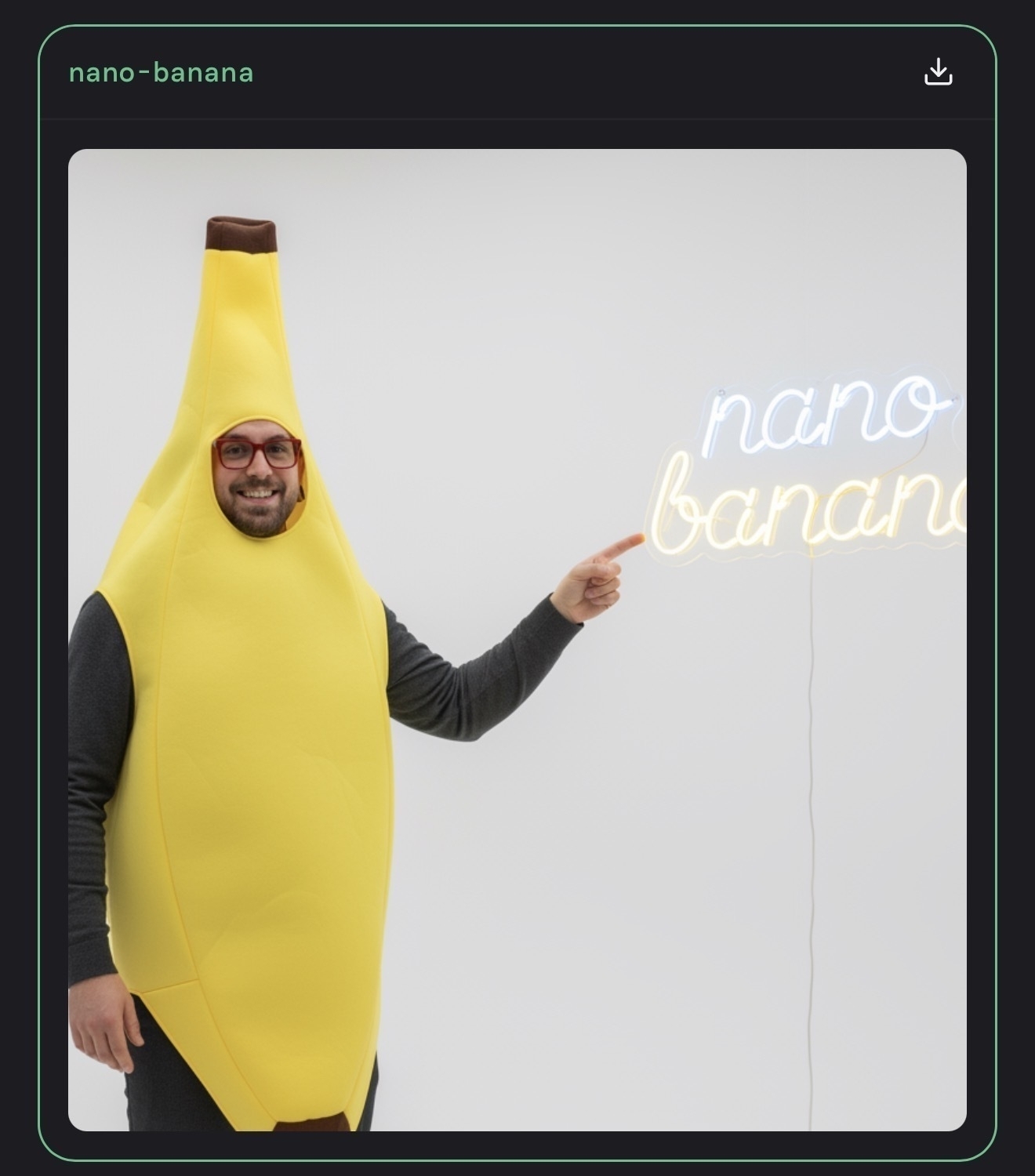
Final Thought
The name might be silly, but nano-banana is no joke. Whether it’s Google, another lab, or an open-source dark horse, it’s already proving how good image models can be when they truly understand what we want — and do it without wrecking the scene.
Keep this one on your radar. It might be a banana now, but it could very well become the go-to tool for AI-driven image editing when it finally peels off the mystery and goes public.
Remember you read it here first.